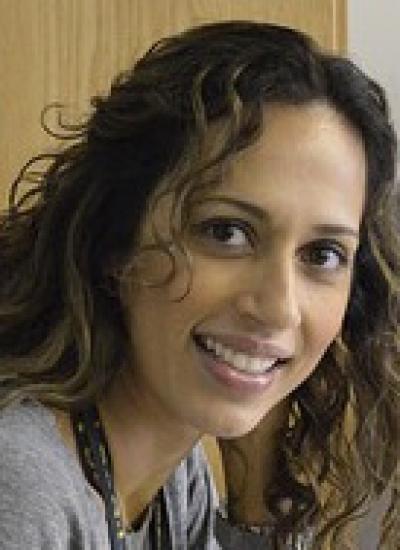As the most widely spoken language in the European Union, German is the native language of approximately 100 million people, according to Deutschland.de. Not only is it the official language of Germany, but also of Austria and Liechtenstein, and is one of the official languages of Switzerland, Belgium and Luxembourg. In February 2018, 15.4 million people were learning German as a foreign language.
Culturally, German is widely thought of as the language of ‘Dichter und Denker’ (writers and thinkers), thanks to Johann Wolfgang von Goethe, Kant, Marx, Humboldt and Nietzsche. The language is quirky and also strangely poetic with words that cannot be translated in other languages, such as Schadenfreude, which means ‘the happiness derived from somebody else’s misfortune’, and compound nouns, where words are joined together to make new words, e.g. Handschuhe, the word for ‘gloves’ in English, but literally translated means ‘hand shoes’. One of the longest German words comes in at 39 letters – Rechtsschutzversicherungsgesellschaften – meaning ‘insurance companies providing legal protection’.
But although German is fairly technical in its grammar and sentence structure, Anette Igel, IHWO’s coordinator for German, says that once these basics are mastered, the language becomes a pleasure to learn. In the first of our ‘Live, Love, Languages‘ series, she explains why 2018 is an interesting time to learn German.

